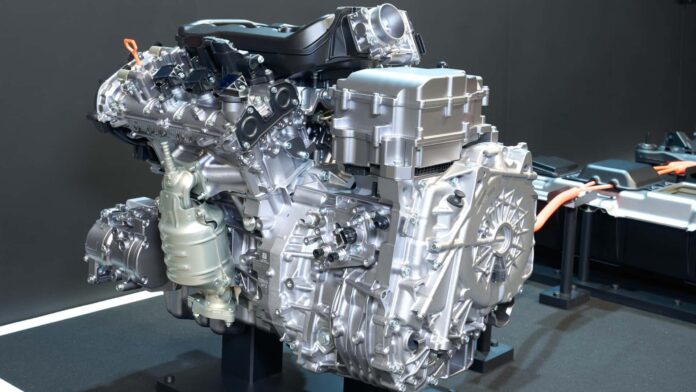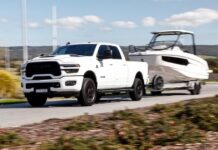After a trend towards smaller, turbocharged engines, Honda is shifting gears and investing in a new V-6 engine designed specifically for its upcoming hybrid vehicles. This move, slated for launch in 2027, signals a potential shift in the automotive industry as manufacturers re-evaluate their engine strategies.
The New V-6: Power and Efficiency Combined
Honda’s new V-6 will be a core component of the automaker’s next-generation hybrid system, primarily aimed at powering larger hybrid electric vehicles (HEVs) in North America. While specific power figures remain undisclosed, the current 3.5-liter V-6 powering models like the Odyssey, Pilot, and Ridgeline delivers 285 horsepower and a towing capacity of 5,000 pounds, setting a baseline for performance expectations.
However, Honda’s goal isn’t solely about maximum power. The company is targeting a 30% improvement in fuel efficiency compared to its current combustion-powered vehicles. At the same time, Honda aims to boost full-throttle acceleration performance by over 10%, illustrating a focus on both efficiency and responsiveness. This balancing act is increasingly common as automakers strive to meet stricter emissions standards while maintaining a desirable driving experience.
Timing and Potential Applications
The 2027 launch date places the new hybrid system relatively close to the horizon, suggesting a potential unveiling of the vehicles it will power sooner than expected. The current Honda Pilot received a recent update, but the Ridgeline and Odyssey are nearing the end of their product cycles. This suggests that the new hybrid system could debut in a refreshed version of one of these existing models, or potentially in an all-new vehicle altogether.
A Broader Industry Trend
Honda’s decision to invest in a new V-6 engine isn’t occurring in isolation. Recent announcements from other major automakers, including Cadillac, Bentley, and BMW, demonstrate a renewed commitment to developing gasoline engines. This trend emerges as electric vehicle (EV) sales in the United States have recently stalled, leading companies to reassess their powertrain strategies. The automotive landscape is complex — some customers still prefer the range and refueling convenience of gasoline vehicles, while others are hesitant about the higher upfront costs and limited charging infrastructure associated with EVs.
Beyond the Engine: A New Platform
Honda’s powertrain announcement was part of a larger reveal of upcoming technologies. The company also previewed a next-generation mid-size platform, intended for future models. This new platform is designed to be both stiffer and lighter than the current structure, contributing to improved handling and efficiency.
Honda’s move back to a V-6 engine demonstrates a flexible approach to electrification—focusing on enhancing existing platforms and satisfying a diverse range of consumer needs.
The ongoing developments in Honda’s powertrain and platform technologies highlight the evolving nature of the automotive industry and the automakers’ dedication to innovation and adapting to shifting market demands. The coming years will be crucial in observing how these advances shape the future of hybrid vehicles and the broader automotive landscape






















